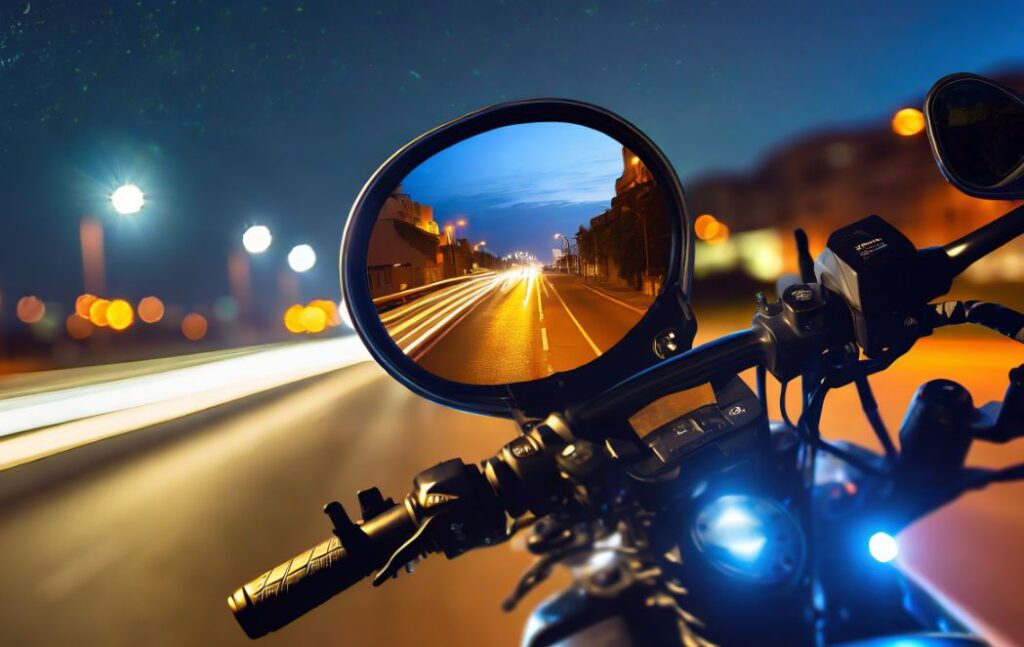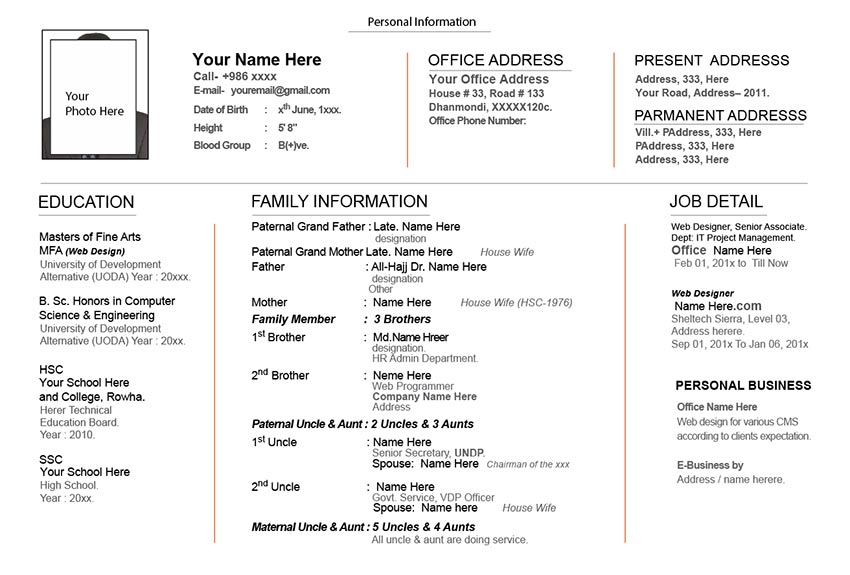Ride with Confidence: Essential Tips for Beginner Motorcycle Riders
Begin your motorcycle journey safely with these essential tips. Enroll in a motorcycle safety course to learn proper riding techniques. Invest in quality protective gear, including a helmet, gloves, jacket, and boots. Start with a smaller, beginner-friendly motorcycle to build confidence. Practice in a controlled environment to hone your skills before hitting the road. Master basic maneuvers such as turning, braking, and balancing. Stay visible and alert on the road, anticipating potential hazards. Always obey traffic rules and ride defensively. Regularly inspect your motorcycle for maintenance and safety. Embrace a continuous learning mindset for a safe and enjoyable riding experience.

Take a Motorcycle Safety Course:
Start your motorcycle journey by taking a motorcycle safety course. These courses provide essential skills, knowledge, and practical experience to help you become a safe and confident rider.
- Start your motorcycle journey by taking a motorcycle safety course.
- These courses provide essential skills, knowledge, and practical experience to help you become a safe and confident rider.
- Learn about motorcycle controls, defensive riding, and emergency maneuvers.
Choose the Right Motorcycle:
Begin with a motorcycle that matches your skill level and physical abilities. Consider factors like engine size, weight, and riding posture when choosing the right bike for you.
- Begin with a motorcycle that matches your skill level and physical abilities.
- Consider factors like engine size, weight, and riding posture when choosing the right bike for you.
- Visit a dealership to sit on different models and assess comfort and fit.
Wear Protective Gear:
Always wear protective gear when riding, including a helmet, gloves, jacket, pants, and sturdy boots. Protective gear enhances your safety and minimizes the risk of injury in case of an accident.
- Always wear protective gear when riding, including a helmet, gloves, jacket, pants, and sturdy boots.
- Protective gear enhances your safety and minimizes the risk of injury in case of an accident.
- Invest in gear with high visibility for increased awareness on the road.
Practice Basic Riding Skills:
Practice basic riding skills in a controlled environment. Master starting, stopping, turning, and low-speed maneuvers before venturing into traffic.
- Practice basic riding skills in a controlled environment.
- Master starting, stopping, turning, and low-speed maneuvers before venturing into traffic.
- Find an empty parking lot to practice and gradually increase difficulty as you gain confidence.
Be Mindful of Traffic Rules:
Familiarize yourself with traffic rules and regulations for motorcycles. Obey speed limits, use turn signals, and maintain a safe following distance to ride responsibly on the road.
- Familiarize yourself with traffic rules and regulations for motorcycles.
- Obey speed limits, use turn signals, and maintain a safe following distance to ride responsibly on the road.
- Stay vigilant and anticipate the actions of other drivers.
Ride Defensively:
Adopt a defensive riding mindset. Assume that others may not see you, and be prepared for unexpected actions from other vehicles. Stay aware of your surroundings to avoid potential hazards.
- Adopt a defensive riding mindset.
- Assume that others may not see you, and be prepared for unexpected actions from other vehicles.
- Stay aware of your surroundings and anticipate potential hazards.
Avoid Riding in Poor Weather:
Avoid riding in poor weather conditions such as heavy rain, strong winds, or icy roads. These conditions can reduce visibility and increase the risk of accidents.
- Avoid riding in poor weather conditions such as heavy rain, strong winds, or icy roads.
- These conditions can reduce visibility and increase the risk of accidents.
- If you must ride in adverse weather, ensure your gear is waterproof and take extra precautions.
Stay Visible on the Road:
Enhance your visibility on the road by wearing bright and reflective clothing. Use your motorcycle’s headlights, and position yourself in a way that makes you easily noticeable to other drivers.
- Enhance your visibility on the road by wearing bright and reflective clothing.
- Use your motorcycle’s headlights, and position yourself in a way that makes you easily noticeable to other drivers.
- Choose routes with good lighting, especially during nighttime rides.
Maintain Your Motorcycle:
Regularly maintain your motorcycle to ensure it is in good working condition. Check the tires, brakes, lights, and fluids regularly, and address any issues promptly.
- Regularly maintain your motorcycle to ensure it is in good working condition.
- Check the tires, brakes, lights, and fluids regularly, and address any issues promptly.
- Follow the manufacturer’s maintenance schedule for optimal performance.
Constantly Improve Your Skills:
Commit to constantly improving your riding skills. Take advanced riding courses, practice new maneuvers, and stay informed about updates in motorcycle safety to become a more proficient rider.
- Commit to constantly improving your riding skills.
- Take advanced riding courses, practice new maneuvers, and stay informed about updates in motorcycle safety to become a more proficient rider.
- Join riding groups or clubs to share experiences and learn from other riders.
Advantages of Following Motorcycle Riding Tips:
- Enhanced riding skills and confidence through professional training.
- Improved safety with quality protective gear and a well-maintained motorcycle.
- Maximized comfort and control with a suitable beginner motorcycle.
- Reduced risk of accidents through defensive riding practices.
- Promotion of responsible and enjoyable motorcycle riding habits.
Disadvantages of Ignoring Motorcycle Riding Tips:
- Increased risk of accidents and injuries without proper training.
- Challenges in controlling a motorcycle without suitable protective gear.
- Reduced comfort and control with an unsuitable motorcycle choice.
- Higher likelihood of accidents due to inadequate riding skills.
- Potential negative impact on overall riding confidence and experience.
Things to Avoid for Safe Motorcycle Riding:
Avoid riding without proper protective gear, especially a helmet. Minimize aggressive riding behaviors and follow speed limits. Refrain from neglecting regular motorcycle maintenance checks. Avoid riding in adverse weather conditions without proper preparation. Stay clear of distractions such as using a phone while riding. Consult with experienced riders or instructors for specific questions or concerns.






